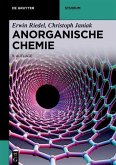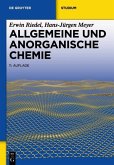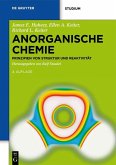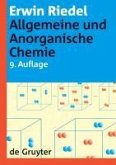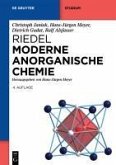The essential introduction to the understanding of the structure of inorganic solids and materials. This revised and updated 2nd Edition looks at new developments and research results within Structural Inorganic Chemistry in a number of ways, special attention is paid to crystalline solids, elucidation and description of the spatial order of atoms within a chemical compound. Structural principles of inorganic molecules and solids are described through traditional concepts, modern bond-theoretical theories, as well as taking symmetry as a leading principle.
Dieser Download kann aus rechtlichen Gründen nur mit Rechnungsadresse in A, B, BG, CY, CZ, D, DK, EW, E, FIN, F, GR, HR, H, IRL, I, LT, L, LR, M, NL, PL, P, R, S, SLO, SK ausgeliefert werden.
"... very useful reading for graduate student coursework ... recommend the work ... with its compact yet broad coverage review of the subject." - Applied Organometallic Chemistry, December 2006
"I found this book useful and I would use it in courses of chemistry or physics of the solid state, advanced inorganic chemistry for undergraduate and postgraduate students." (The Higher Education Academy Physical Sciences Centre, June 2008)
"...quite useful for...advanced undergraduate and graduate chemistry students." (CHOICE, July 2007)
" ... very useful reading for graduate student coursework ... recommend the work ... with its compact yet broad coverage review of the subject." (Applied Organometallic Chemistry, December 2006)
"...quite useful for...advanced undergraduate and graduate chemistry students." (CHOICE, July 2007)
" ... very useful reading for graduate student coursework ... recommend the work ... with its compact yet broad coverage review of the subject." (Applied Organometallic Chemistry, December 2006)



